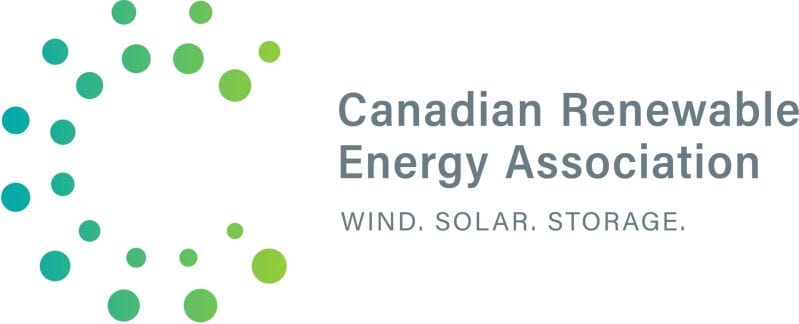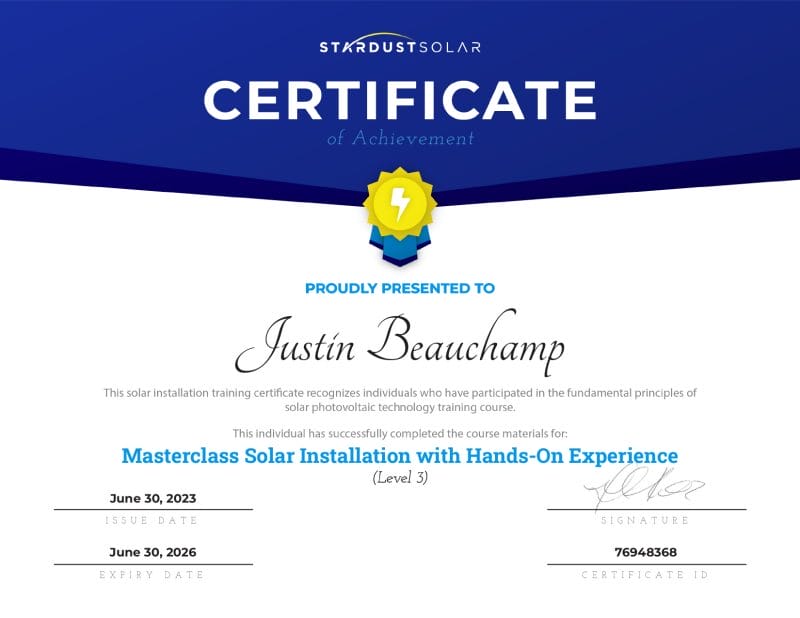Vintage or antique homeowners have distinct challenges when switching to solar energy. These historic and architecturally significant homes require careful planning and consideration to integrate modern solar technology without compromising their character.
Using solar energy while retaining these homes’ beauty and historical value requires a delicate balance. This includes solar panel aesthetics, heritage conservation rules, and the technical hurdles of installing modern systems in older buildings.
Exploring solar energy installation in vintage and historical homes offers advice on how homeowners might handle these issues.
Expert solar installers may help homeowners merge the old and modern for a sustainable future by analyzing the crossroads of preservation and innovation.
The Appeal of Solar for Vintage Homes
Solar energy in vintage properties reflects an increasing awareness of sustainable living and the opportunity to blend new technology with historical preservation.
Solar Energy Benefits Vintage Homes
- Lower Utility Bills. Solar energy lowers running expenses for vintage properties, which may be less energy-efficient due to older construction methods and materials.
- Enhanced Energy Efficiency. Solar installations can be combined with energy-efficient modifications like insulation for older properties.
- Sustainable Living. Homes that use solar energy reduce their dependence on fossil fuels, which promotes preservation and sustainability.
- Buyer Appeal. Solar-paneled homes attract purchasers and may increase in value. Solar electricity may bring elegance and energy efficiency to old residences.
Concerns About Appearance and Preservation
Maintaining vintage homes’ aesthetic appeal and historical integrity needs careful solar panel integration. Installing new solar systems in historic properties while preserving their character is difficult.
Visual Impact
Vintage homes may look out of place with modern solar panels, so reducing their visual impact is key. Strategic placement of panels to hide them or adopting newer, more attractive solar technologies that fit better with traditional roofing materials may help.
Historical Integrity
Some historic homes have restrictions to protect their distinctiveness. Before installing solar panels, homeowners may need to navigate regulations and get approval from the local Historical Preservation Board.
Innovative Solutions
Solar shingles and tiles look like standard roofing materials but generate electricity. An alternative is building-integrated photovoltaics (BIPV), which integrate solar power into building materials.
Assessing Structural Integrity for Solar Installation
Concerns About Load Capacity
Load Structure Analysis
This comprises estimating the dead load (permanent building sections) and live load (temporary or dynamic loads like snow, wind, and maintenance). Solar panels contribute dead and live loads from wind uplift on panel surfaces.
Durability and Degradation
Vintage homes may use physically sound materials that have decayed or not met load-bearing capability criteria. The examination should examine material strength, such as wood rot, metal corrosion, and masonry deterioration.
Collaborating with a Structural Engineer
Professional Evaluation
An experienced structural engineer with experience in vintage buildings should perform an on-site evaluation using non-destructive testing methods like ultrasonic metal testing and infrared thermography for moisture detection.
Load Path Analysis
Solar experts in Vancouver and the engineers will study the load route to safely transfer the solar panel load to the foundation. This analysis finds load path weaknesses that may need reinforcement to disperse the new loads safely.
Engineering Report and Design Advice
The examination will produce an engineering report on structural problems, load capability, and building code inconsistencies. Detailed technical drawings for reinforcing or structural enhancements will be included in the report if necessary.
Customizing Resolutions
- Strengthening structure. Rafters, joists, trusses, steel support beams, and wall-to-roof connections may be added or strengthened to increase structural resilience against dynamic loads.
- Alternative mounting methods. Engineers and solar installers can create mounting methods for structures that cannot hold rooftop solar panels. This could involve ground-mounted systems that don’t require roof alterations or BIPV materials.
- Solar installation team integration. Structural engineers should work with solar installation teams to optimize solar panel placement for structural integrity and efficiency.
Suitability and Condition of the Roof
- Material and Age. Older roofs with brittle, deteriorated, or unsuitable drilling may not be sustainable without major improvements or replacement. Assess the roof’s structural soundness beyond material compatibility.
- Finding Wear and Damage. A first visual check can reveal deterioration or wear, such as missing or damaged tiles, water leaking, sagging, or other deformations.
Fix or Replace Before Installation
Roof Work Needed
The roof may need repairs or replacement if the inspection shows it cannot sustain solar panels. This procedure is necessary for the roof’s structural integrity to sustain solar panels and to prevent costly panel removal and reinstallation during roof repairs.
Time and Cost Estimates
How much roof repairs or replacement costs depend on the scope of the job, the materials chosen to match vintage elements, and labour expenses.
Due to weather and contractor availability, roof work scheduling is important. Consider delays while planning solar panel installation.
Integrating Roof and Solar Work
Coordination of roofing repairs or replacement with solar installation reduces costs and installation time. Solar contractors and roofing professionals can collaborate to integrate the solar panel mounting system into the roof’s design and installation.
Sunlight and Energy Efficiency
Sunlight Accessibility Evaluation
- Assessing Solar Potential. Site analysis can estimate the historic home’s solar potential. Solar pathfinders, digital mapping software, and site evaluation services can analyze daytime and seasonal sun exposure.
- Roof tilt and orientation. Check the roof’s tilt angle and position to the sun. South-facing roofs receive the greatest sunshine in the Northern Hemisphere, but east and west-facing roofs may work depending on local conditions.
Reducing Barriers
Shade modelling and analysis
Use PV*SOL or HelioScope to precisely model shading patterns and measure their impact on solar energy production. Built structures and trees should be considered, as well as dynamic shading effects throughout the day and year.
Tree trimming
Consider cutting trees that shade the roof during peak sunlight. For safe and healthy tree trimming, consult a professional arborist.
Techniques for System Optimization:
Employ tilt modifications, azimuth optimization, or sun-tracking technology to reduce shading and increase energy generation. These methods involve accurate engineering and control systems to alter panel angles and orientations to sun conditions dynamically.
Exploring Canadian Historical and Preservation Law
Understanding Restrictions
Designated Status
Canadian vintage residences may be classified as National Historic Sites, Provincial Heritage Properties, or Municipal Heritage Sites. Specific laws protect these designations’ historical and cultural significance.
Common Restrictions
Changes to roofing materials, facades, and additions that affect the property’s historical character may violate preservation requirements. These constraints may affect the home’s look, making solar panel installations difficult.
Seeking Approvals
- Examine Local Laws. Find out what heritage preservation laws apply to your property. For permission details, contact local heritage departments or preservation associations.
- Consultation. Meet with heritage preservation officials to discuss solar installation. Stress your dedication to sustainable energy and property preservation.
- Document Plans. Solar installation designs should include architectural drawings, visuals, and technical requirements. Integrate solar panels into the property while respecting its past.
- Address Concerns. Be ready to address the concerns of the historic committee or preservation authority. Consider using low-profile panels or strategically positioning them on less exposed roof portions.
- Public Consultation. Public consultation may be necessary for permission. To gain community support for your solar project and answer concerns about its heritage value, engage with them.
Canadian Solar Project Financing Options
- Clean Energy Investment Tax Credit: Until 2034, investors can claim a 30% tax credit on their solar investment capital costs.
- Clean energy federal tax (extended until 2025): This allows enterprises (including farms) to depreciate their solar power system at 100% in the first year, free from the half-year restriction.
- Agriculture Clean Technology Program: The Adoption Stream would give non-repayable contributions (up to 50% of $2M) to help Canadian farmers and processors adopt clean technology to reduce carbon emissions.
- Canada Greener Homes Loan: Provides interest-free funding to assist you in executing substantial retrofits advised by your energy advisor. Interest-free loan up to $40,000 for 10 years
- Smart Renewables and Electrification Pathways: Support qualifying renewable energy and grid upgrading projects during construction with direct funding.
- Provincial rebates: Solar energy discounts and grants are available in several provinces. The Alberta Municipal Solar Program funds municipal solar projects, whereas the Ontario Green Energy Act offers incentives.
- Solar leasing: Solar leases in Canada allow homeowners to rent solar panels from a third party and pay a monthly fee for their electricity. This option can reduce electricity expenses immediately and costs little.
Bringing Solar to Your Vintage Home in Vancouver
Homes can embrace sustainable living without sacrificing their vintage appeal by carefully integrating solar energy. When integrating solar panels into their homes, homeowners must proceed with caution and knowledge.
Working with experienced solar contractors who understand antique home problems enables effective and considerate installations. MAG Solar can advise, handle regulations, and integrate solar technology into vintage properties while retaining their beauty.
Frequently Asked Questions
What is the typical return on investment for a solar energy system installed on a vintage home?
Solar energy systems’ payback periods depend on system size, energy use, electricity rates, and incentives. Energy savings and incentives can help homeowners return their investment in a few years. Speak to our solar experts to discuss solar costing and ROIs.
What other solar power solutions are available if rooftop panels are not allowed?
- Ground-Mounted Systems. If heritage limitations prevent rooftop installations, these systems offer similar energy savings without affecting the home’s appearance.
- Community Solar Programs. Community solar programs allow residents to invest in off-site solar installation.
- Off-Grid Solutions. Vintage homeowners desiring energy independence without compromising their houses may consider off-grid solar systems with energy storage.
Can I qualify for government incentives if my vintage home is recognized as a heritage property?
Yes, heritage homeowners may qualify for federal solar subsidies and rebates. However, heritage preservation authorities must be consulted and the solar installation must comply with local heritage standards.







